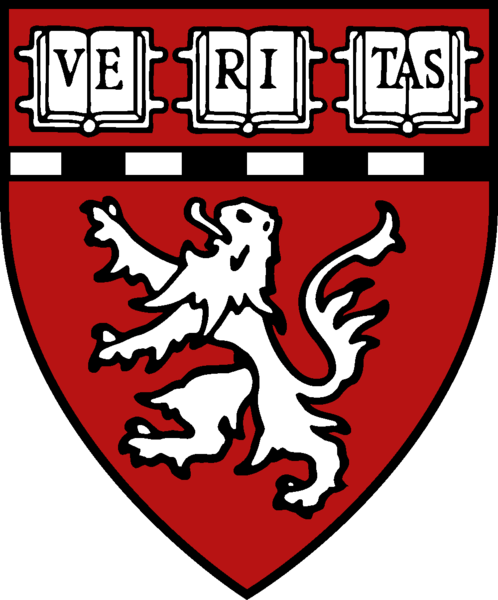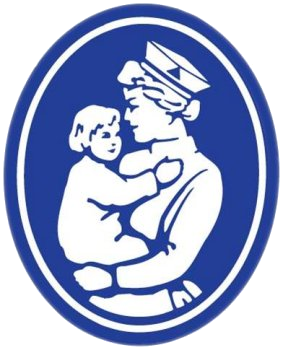


Chapter 7: Population Coding of Object Contour Shape in V4 and Posterior Inferotemporal Cortex
Anitha Pasupathy and Scott L. Brincat
Department of Biological Structure,
Brain and Cognitive Science, Massachusetts Institute of Technology
When we see an object, its shape is encoded by neural activity patterns in the ventral pathway of visual cortex. It is well established that successive stages in the ventral pathway encode increasingly complex and invariant object structure. However, it has been difficult to elucidate exactly how object structure is encoded. Critical questions include: What attributes or dimensions of object shape are encoded at each stage? How are these neural codes distributed across populations of neurons? How is the neural code at one stage transformed into the neural code at the next stage? Recent single-neuron recording experiments in two successive ventral pathway stages—area V4 and posterior inferotemporal cortex (PIT)— shed light on these questions. Results show that V4 and PIT neurons encode the shapes and spatial relationships of multiple contour fragments along object boundaries. Complete information about an object is distributed across populations of neurons that span the contour fragment domain, such that object shape can be decoded with linear basis function analyses. More complex PIT tuning for multi-fragment configurations may be synthesized by feedforward summation of V4 inputs combined with recurrent network processes. These findings provide a preliminary understanding of shape coding in neural populations, and they point to future experiments examining network-level transformations between successive population codes.
Top